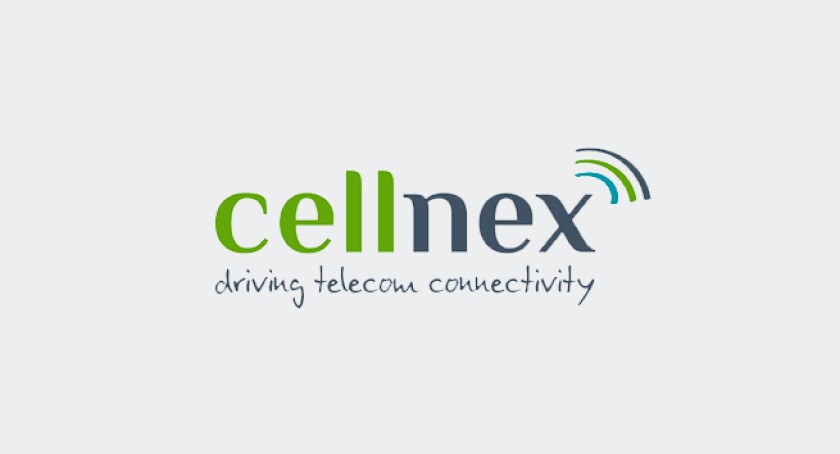Cellnex have published their results for the first half of 2018, and are reporting continued growth, as well as a new acquisition to add to their 5G arsenal. Notably, they have also chosen to apply the IFRS16 standard six months early, before the deadline in January 2019. TowerXchange takes a look at this change in reporting, what it means for towercos, and reviews some of the other information to come out of the results.
Will IFRS16 change anything?
Presenting the results for H118, Cellnex chose to apply the IFRS16 standard early, rather than wait until mandatory application in January 2019. “The early adoption of IFRS16 helps the leverage comparability with peers: this equalizes the treatment of land ownership and the management of ground leases. As a result EBITDA margin becomes more readily comparable while debt increases due to capitalisation of leases” Toni Brunet, Director of Corporate Public Affairs at Cellnex, told TowerXchange, when speaking about the decision.
The new standard shouldn’t affect KPIs and the market has generally ignored the early switch, with Cellnex’s share price taking a slight dip after the results were released but recovering quickly.
Cellnex reported a 20% increase in EBITDA, which is in line with their performance and a natural consequence of lease costs being capitalized and moved to net debt, removing them from opex.
“The move to IFRS16 is transparent, the cost disclose is evident. The treatment and capitalization of leases will cause some debate. But cash flows are unchanged and most importantly Cellnex continues to innovate and grow profitability” added Jonathan Dann, Managing Director at RBC Capital Markets.
Strong growth
Cellnex’s results were consistent with their growth to date and saw a growth of 23% in points of presence, with customer ratios per site increasing 3%. Income, based on the application of the IFRS16 accounting standard, was €439mn (+16%), EBITDA was €291mn, a growth of 20%.
Tobias Martinez, Chief Executive Officer of Cellnex said that "as we have already seen in the first quarter of the year, the data as at the June closure continues to show double-digit growth in revenues, EBITDA and recurrent free cash flow, in absolute terms; this reflects both the expansion of the perimeter throughout 2017, and consistent organic like-for-like growth that remains firm at 4% in the number of teams deployed at our sites and 3% in relation to the customer-per-site ratio. Moreover, I would highlight the data on backlog of future sales; at €16,000 million it continues to reflect the company’s strong fundamentals".
Key numbers
Cellnex reported an immediate liquidity of €1,750mn, giving them plenty of dry powder for acquisition opportunities in Europe over the rest of 2018, while infrastructure services for mobile telecommunications operators contributed 65% to total revenue, at €284 million, up 30% in relation to June 2017.
Total investments in the first six months of 2018 stood at €247 million, spent mostly on investments linked to the generation of new revenues and improvements in efficiency, and the maintenance of installed capacity.
As at 30 June, the Group’s net debt, as per IFRS16, stood at € 2.8bn compared with € 2.65bn (IFRS16) at the close of 2017, equivalent to a net debt/EBITDA ratio of 4.8x.
New acquisition
Cellnex has improved 5G capability, with Tradia, a Cellnex Group company, agreeing the acquisition of Xarxa Oberta de Catalunya (XOC). XOC is dedicated to the rollout, operation and maintenance of fibre-optic networks, currently operating about 3,000km of fibre. The company also acts as neutral operator, offering the surplus network capacity to the operators’ wholesale market. The deal is expected to close in H218.
This acquisition will enable Cellnex to strengthen and expand its capabilities and know-how for developing the connectivity of its sites. Backhauling towers with optical fibre will be critical in preparing for the forthcoming rollout of 5G with a higher demand for transmission capacity, together with the need to provide fibre-optic connectivity to caching servers that bring the data processing and storage capacity closer to the end users of 5G-based applications. These are key elements for ensuring the level of quality and latency (response time) that this new communications standard will require.
Paired with Cellnex’s acquisition of Dutch company Alticom in 2017, whose expertise lies in high capacity and long-range nodes, as well as hosting data centres on site, and Commscon in 2016, which specialises in DAS and small cells, Cellnex’s acquisition of XOC means Cellnex is well positioned for the 5G era.
Implications of IFRS16
Cellnex continues to go from strength to strength in the European market, and the introduction of IFRS16 has not dampened this. However, the longer term implications for the wider tower industry, in terms of how they report their leases and whether they embrace a migration from a focus on vertical real estate to being a more holtistic ‘communications service provider’ will remain to be seen.

